How To Set Up Surveillance Camera Online?
Setting Up a Surveillance Camera Online: A Comprehensive Guide
Ensuring the safety and security of your home or business is a top priority, and one of the most effective ways to achieve this is by setting up surveillance cameras. These cameras allow you to monitor your property remotely, providing reassurance and evidence in case of suspicious activities. With advancements in technology, setting up and accessing these cameras online has become more straightforward than ever. Today, we will walk you through a detailed, step-by-step guide on how to set up your surveillance camera online and provide critical insights into the process.
1. Choosing the Right Surveillance Camera
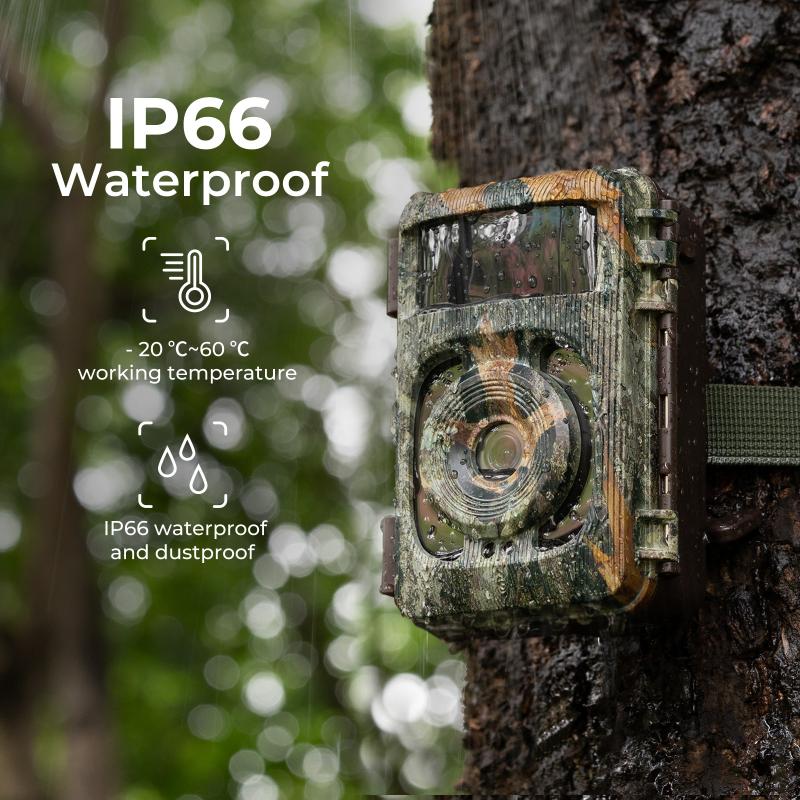
The first step in setting up your surveillance camera online is selecting the right camera for your specific needs. Surveillance cameras come in various types, each suited for different environments and purposes. Here are some common options:
- Dome Cameras: Ideal for indoor usage, offering a broad field of view.
- Bullet Cameras: Suitable for outdoor use, easily noticeable, and can deter potential intruders.
- PTZ (Pan-Tilt-Zoom) Cameras: Allow remote control of the camera's position and zoom, perfect for extensive area surveillance.
- Wireless Cameras: Easier installation without the need for significant cabling.
When choosing your camera, consider factors like resolution, night vision capability, weather resistance, and storage options.
2. Preparing for Installation
Before installing your surveillance camera, it is essential to plan the setup meticulously. Here are a few preparatory steps to ensure a smooth installation process:
- Survey the Location: Identify the areas you want to monitor and determine the best spots for camera placement. Key areas include entry points, driveways, and commonly used pathways.
- Obtain Necessary Tools: Have tools like drills, screws, mounts, and ladders ready if you are installing a wired camera.
- Ensure Power Availability: Check power outlet availability near the camera location or consider using PoE (Power over Ethernet) if supported by your camera.
3. Physical Installation of the Camera
This phase involves positioning and fixing your surveillance camera in the desired location. Here’s a step-by-step guide:
1. Mount the Camera: Use mounting brackets or stands and secure the camera in place. Align it properly for optimal coverage.
2. Connect Power Supply: For wired cameras, connect the camera to the power supply. Wireless cameras will need to be charged or battery-operated.
3. Network Connection:
- Wired Connection: Connect the camera to your router using an Ethernet cable.
- Wireless Connection: Ensure the camera is within the Wi-Fi range of your router.
4. Setting Up the Camera Online
Once the physical installation is complete, the next step is configuring the camera for online access. Here’s how:
1. Download the Camera’s Companion App: Most surveillance cameras come with a dedicated app available for smartphones or tablets (e.g., Nest, Arlo, Ring).
2. Create an Account: Sign up and create an account on the app, which will allow you to manage your cameras.
3. Add Your Camera:
- Scan QR Code: Your camera may have a QR code that can be scanned using the app, automatically linking the camera to your account.
- Manual Entry: Input the camera’s serial number or MAC address manually if there’s no QR code.
4. Configure Network Settings: Enter your Wi-Fi credentials if the camera connects wirelessly. Ensure a stable, secure connection for uninterrupted surveillance.
5. Adjust Camera Settings: Set the resolution, sensitivity, alerts, and other preferences using the app’s interface.
5. Understanding Storage Options
Storing footage is crucial for reviewing past events. Surveillance cameras offer different storage options:
- Local Storage: This involves using SD cards or hard drives to store footage on-site. It’s more secure but has limited capacity.
- Cloud Storage: Footage is stored on remote servers, offering scalable capacity but requiring a subscription.
- Hybrid Storage: Combines local and cloud storage, providing backup and redundancy.
Choose the option that best suits your preferences and budget.
6. Remote Access and Monitoring
One of the significant advantages of online surveillance cameras is the ability to monitor your property remotely. Here’s how you can access and control your surveillance system:
1. Live Streaming: Use the camera’s app to view real-time footage from anywhere.
2. Playback Feature: Access recorded footage and review past events.
3. Receive Alerts: Get notifications on your mobile device for any detected motion or sound.
4. Share Access: Grant access to family members or trusted individuals for collaborative monitoring.
7. Ensuring Security and Privacy
With online surveillance, security and privacy are paramount. Here are some best practices to secure your setup:
- Use Strong Passwords: Ensure your account and Wi-Fi network have strong, unique passwords to prevent unauthorized access.
- Regularly Update Firmware: Keep your camera’s firmware up-to-date to protect against vulnerabilities.
- Enable Two-Factor Authentication: Add an extra layer of security by enabling 2FA on your account.
- Change Default Settings: Avoid using default usernames and passwords provided by the camera manufacturer.
8. Troubleshooting Common Issues
Even with meticulous planning, you might encounter some issues while setting up or operating your online surveillance camera. Here are some common problems and solutions:
- Connectivity Issues: Ensure the camera is within the router’s Wi-Fi range and there are no obstructions. Restart your router and camera if needed.
- Poor Image Quality: Adjust the camera’s resolution settings and clean the camera lens regularly.
- Failure to Record: Check storage space availability and ensure proper connection to storage devices or cloud services.
- Delayed Alerts: Confirm that your network is operating smoothly and without excessive latency.
Setting up a surveillance camera online offers a robust solution for safeguarding your home or business. By following the steps outlined above, you can ensure a successful installation and seamless operation of your surveillance system. From choosing the right camera to securing and troubleshooting your setup, each phase is crucial in achieving optimal security and peace of mind. So go ahead and embrace the technological advancements in surveillance to enhance your safety and security. Your efforts will undoubtedly yield a vigilant eye over your premises, providing unmatched reassurance and protection.


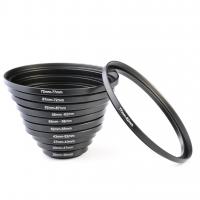

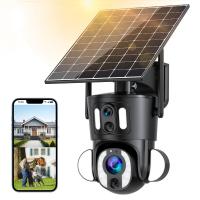




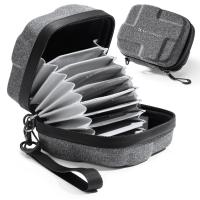
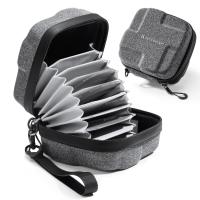
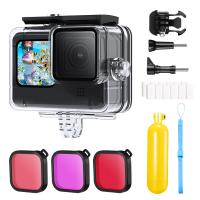




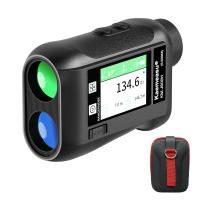
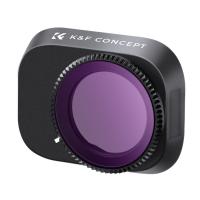
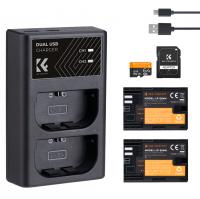
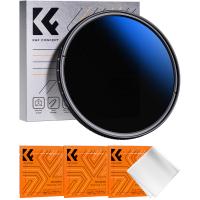
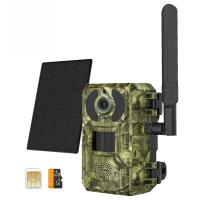


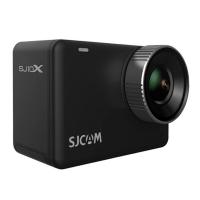










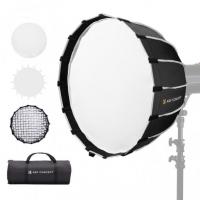
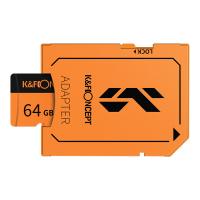
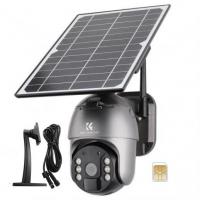


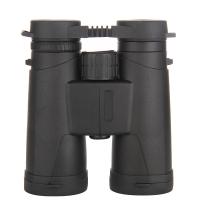


There are no comments for this blog.